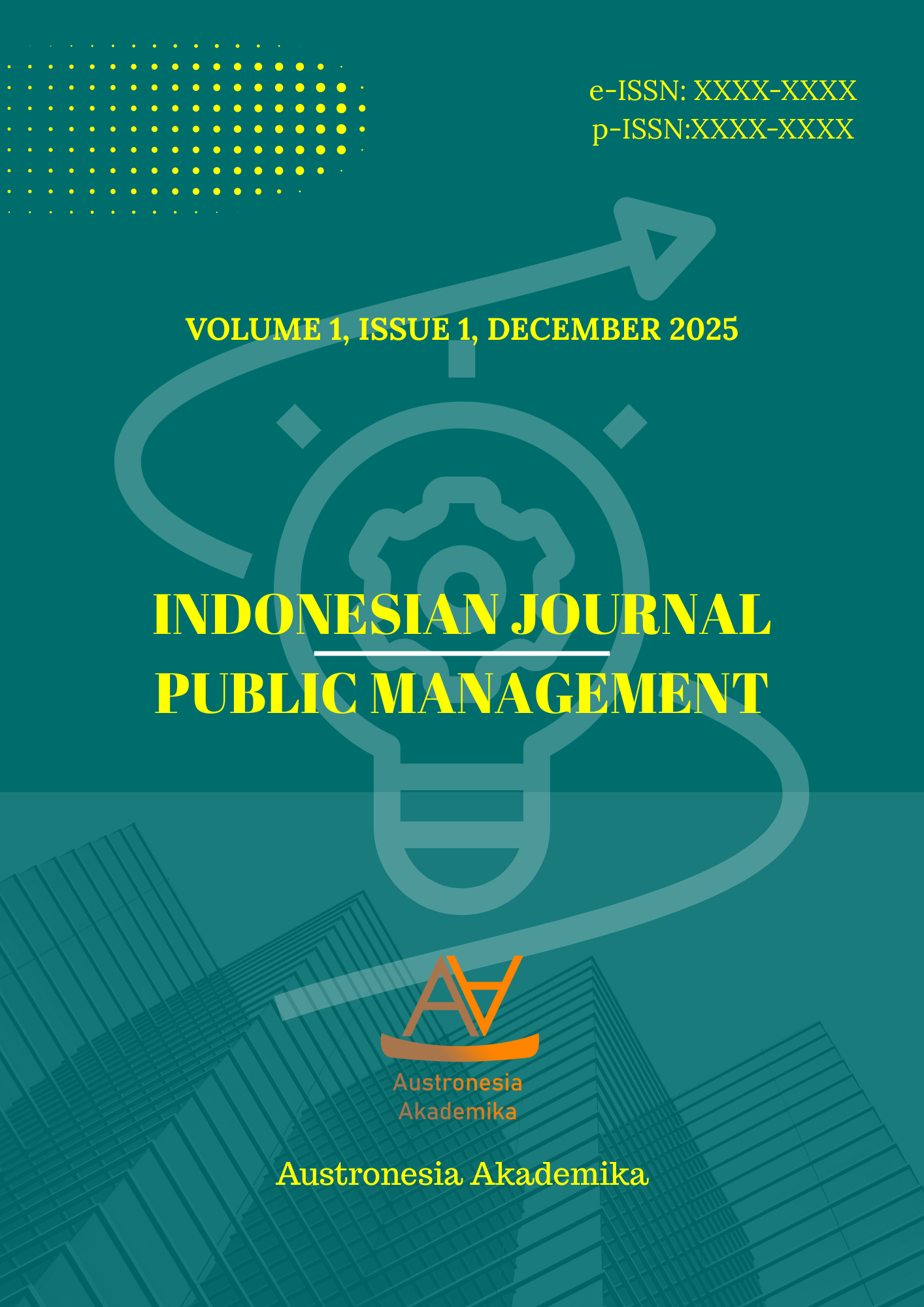Production Planning of Paving Blocks Using Distribution Requirement Planning Method at UD. Restu Ibu Jaya
DOI:
https://doi.org/10.69812/ijpm.v1i1.120Keywords:
Production, Distribution Requirment Planning, Paving Block, Planning, ForecastingAbstract
The rapid development of the construction sector in Indonesia has increased the demand for basic materials such as paving blocks, creating challenges for producers in maintaining efficient production and distribution. UD. Restu Ibu Jaya, a manufacturer operating since 2013, faces the issue of balancing growing market demand with production capacity and stock availability. This study aims to design an optimal production plan for paving blocks using the Distribution Requirement Planning (DRP) method for the period of July 2024 to June 2025. The research applies forecasting techniques based on demand data from five distributors Panglong Jati Jaya, Panglong Rimba Jaya, Panglong Sabar Mulia, Panglong Meranti Jaya, and Panglong Cahaya Baru alongside direct customer purchases. Data collection was conducted through observation, documentation, and surveys, while DRP was used to calculate gross requirements, net requirements, planned order receipts, and projected inventories. The results show a total projected demand of 1,319,672 units in one year, with monthly production stabilized at 20,000 units and a final stock of 61,448 units available as a buffer for future demand. These findings confirm that the DRP method provides a systematic and effective framework for synchronizing production with distribution needs, ensuring product availability, and minimizing risks of stock shortages or surpluses. The study concludes that applying DRP not only enhances operational efficiency and customer satisfaction at UD. Restu Ibu Jaya but also contributes practical insights for improving supply chain management in the construction materials industry.
Downloads
Published
How to Cite
Issue
Section
License
Copyright (c) 2025 Adisti Nursapitri, Rizal Abdul Khoir

This work is licensed under a Creative Commons Attribution-ShareAlike 4.0 International License.
You are free to:
- Share — copy and redistribute the material in any medium or format for any purpose, even commercially.
- Adapt — remix, transform, and build upon the material for any purpose, even commercially.
- The licensor cannot revoke these freedoms as long as you follow the license terms.
Under the following terms:
- Attribution — You must give appropriate credit, provide a link to the license, and indicate if changes were made . You may do so in any reasonable manner, but not in any way that suggests the licensor endorses you or your use.
- ShareAlike — If you remix, transform, or build upon the material, you must distribute your contributions under the same license as the original.
- No additional restrictions — You may not apply legal terms or technological measures that legally restrict others from doing anything the license permits.














